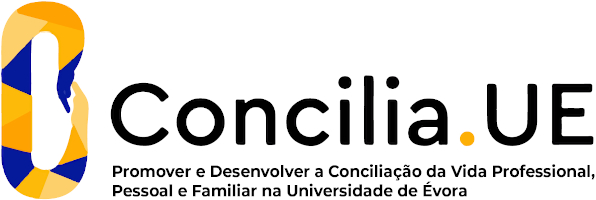2025
Exercise in Health and Disease
Name: Exercise in Health and Disease
Code: DES14338L
3 ECTS
Duration: 15 weeks/78 hours
Scientific Area:
Health Sciences
Teaching languages: Portuguese
Languages of tutoring support: Portuguese
Regime de Frequência: Presencial
Presentation
Recognizing that knowledge about the clinical effects of exercise and physical activity as a means of prevention and recovery in individuals with pathology/dysfunction allows us to ensure a healthy life and promote well-being for everyone, at all ages.
Sustainable Development Goals
Learning Goals
Allow understanding the relationships between physical activity (PA), sedentary lifestyle and lifestyle-related diseases. It is intended to develop and deepen knowledge about the clinical effects of exercise and physical activity (EAF) as a means of prevention and recovery in individuals with pathology/dysfunction.
Demonstrate the ability to: Recognize a sedentary lifestyle as a cause of chronic illness and an increased cost to health and how PA affects health and well-being; Understand the characteristics and limitations of chronic diseases and musculoskeletal injuries; identify the benefits of EAF in individuals with pathology/dysfunction; guide and control individual or group training sessions in contexts of prevention or recovery from musculoskeletal disease or injury; Communicate the conclusions of their work and the knowledge and reasoning underlying them; Communicate and advise on the main health screening initiatives and the promotion of well-being in the community.
Demonstrate the ability to: Recognize a sedentary lifestyle as a cause of chronic illness and an increased cost to health and how PA affects health and well-being; Understand the characteristics and limitations of chronic diseases and musculoskeletal injuries; identify the benefits of EAF in individuals with pathology/dysfunction; guide and control individual or group training sessions in contexts of prevention or recovery from musculoskeletal disease or injury; Communicate the conclusions of their work and the knowledge and reasoning underlying them; Communicate and advise on the main health screening initiatives and the promotion of well-being in the community.
Contents
1. Basic notions of physiological biomarkers and body composition and their changes due to exercise.
2. The process of acute, chronic and systemic inflammation. Agents and consequences.
3. Etiology, characterization, prevalence, potential effects of exercise and respective mechanisms of chronic non-communicable diseases:: Metabolic syndrome, Obesity, Dyslipidemia: hypertriglyceridemia, hypercholesterolemia, Diabetes, Hypertension, Asthma, Cancer, Kidney, Neurodegenerative
4. Physical exercise and mental health: Benefits of physical exercise in mental health. Physical exercise in depressive disorders. Exercise in Anxiety Disorders
5. The dose-response relationship of exercise with the diseases described and the interactions between the different adaptation mechanisms.
6. Exercise under different special conditions: pregnancy and aging
7. Chronobiology of physical exercise: circadian cycles, the molecular clock and the interaction with physical exercise.
2. The process of acute, chronic and systemic inflammation. Agents and consequences.
3. Etiology, characterization, prevalence, potential effects of exercise and respective mechanisms of chronic non-communicable diseases:: Metabolic syndrome, Obesity, Dyslipidemia: hypertriglyceridemia, hypercholesterolemia, Diabetes, Hypertension, Asthma, Cancer, Kidney, Neurodegenerative
4. Physical exercise and mental health: Benefits of physical exercise in mental health. Physical exercise in depressive disorders. Exercise in Anxiety Disorders
5. The dose-response relationship of exercise with the diseases described and the interactions between the different adaptation mechanisms.
6. Exercise under different special conditions: pregnancy and aging
7. Chronobiology of physical exercise: circadian cycles, the molecular clock and the interaction with physical exercise.
Teaching Methods
Classes will be theoretical and theoretical-practical with debate, in which the basic concepts to be taught will be transmitted with audiovisual support. Problems and information will be interpreted taking into account the knowledge learned in and tutorial guidance will be provided for the presentation of group work.
On the other hand, collaborative work will be promoted, in a small group, on the characterization of frequent health problems in the elderly, identifying and substantiating risk factors, and from which evaluation elements should result: a written document and its oral discussion.
Assessment by exam: 60%
Practical group work, resulting in written elements and respective oral discussion: 40.0%
On the other hand, collaborative work will be promoted, in a small group, on the characterization of frequent health problems in the elderly, identifying and substantiating risk factors, and from which evaluation elements should result: a written document and its oral discussion.
Assessment by exam: 60%
Practical group work, resulting in written elements and respective oral discussion: 40.0%





















